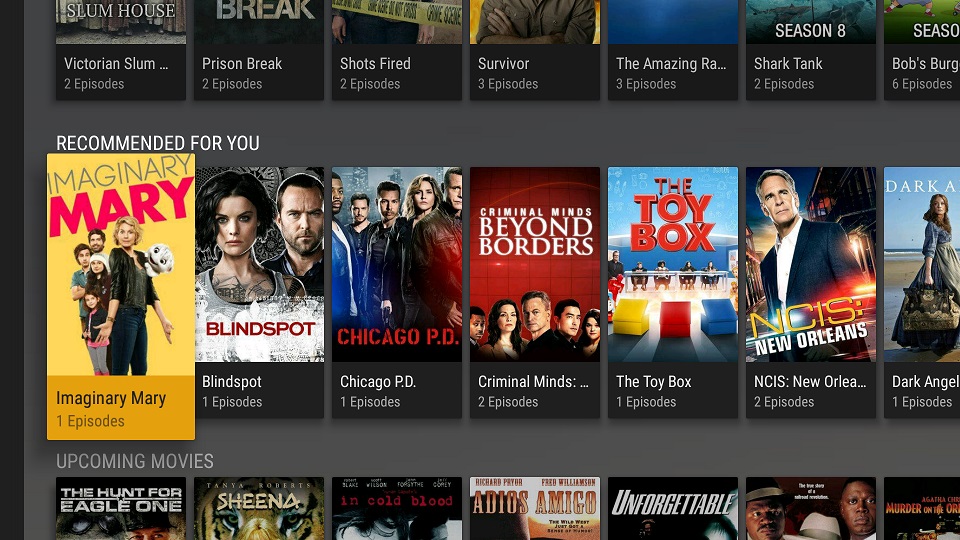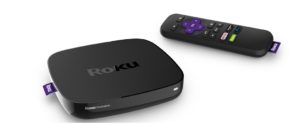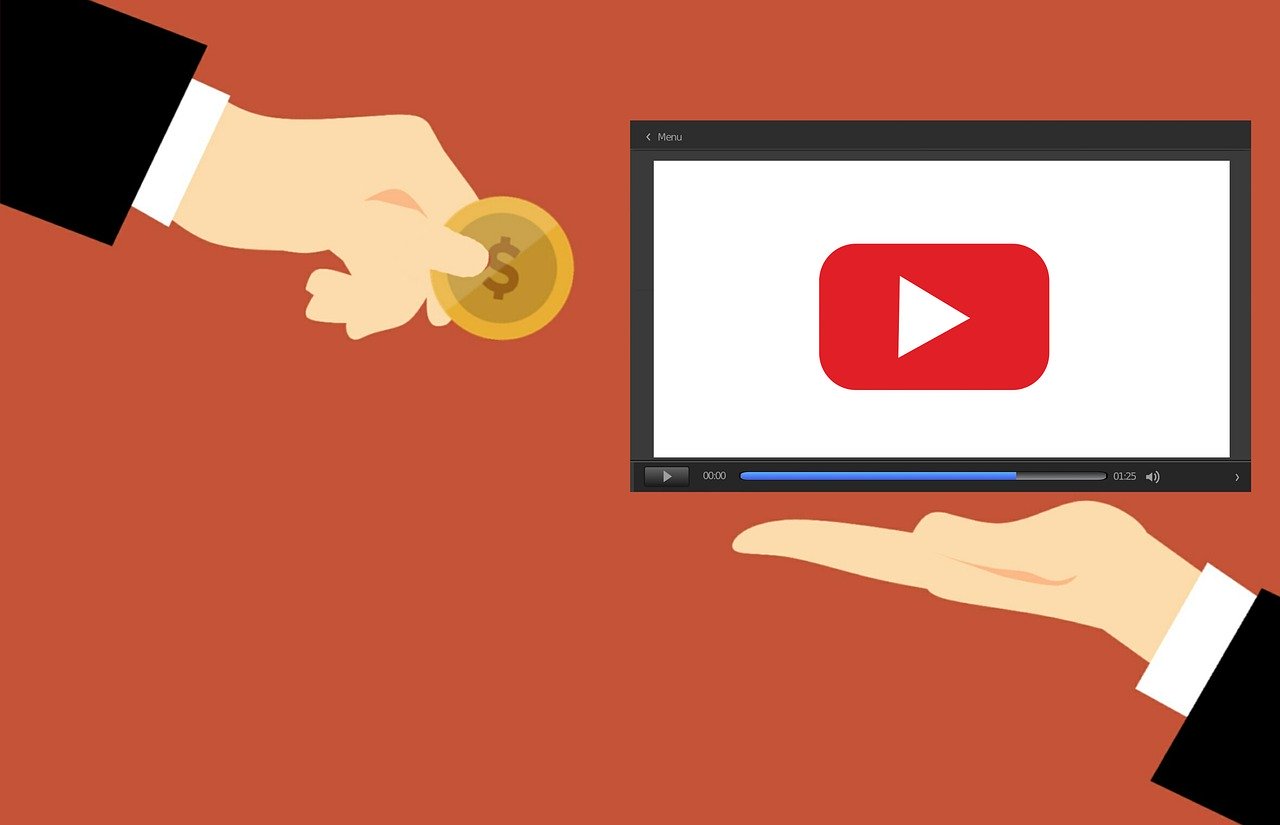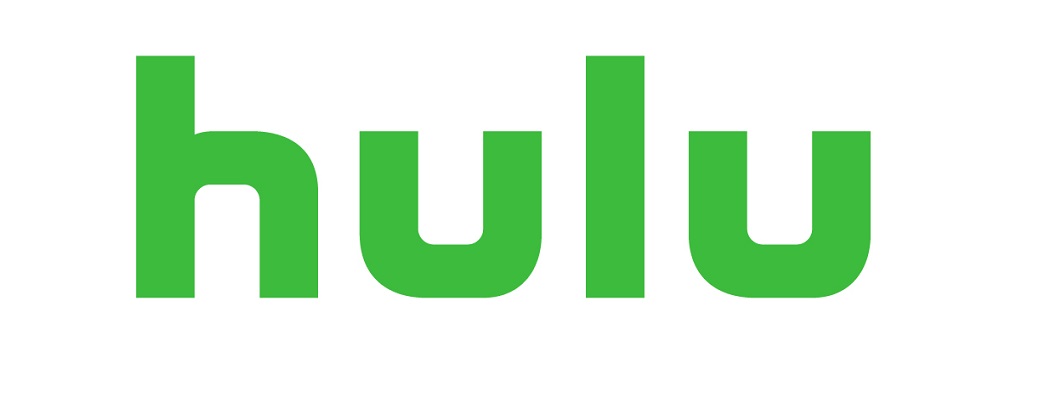Sadly data caps are far more common than they should be. The reason why ISP’s impose them is allegedly, to prevent congestion on providing services. This is a fallacy that borders on outright lying to individuals who don’t know any better.
Think of it this way. Your local water company pipes water all through your community and while it’s possible that those who are at the end of the water line won’t get as much water pressure as those at the beginning of the line, they still get water because no one or group of individuals can hoard it all. You can see this phenomenon by checking your internet speed during peak hours, from 6 PM till 10 PM, and again checking it in the middle of the night or after 8 AM when most people have gone to work.
Internet protocol, the rules pertaining to sending data to you, has a built-in regulator that makes sure that everyone will get the data that they need, so it will slow down your bandwidth. Netflix, as well as other video on-demand services, are set up to handle this by lowering the quality of your video to accommodate the slower bandwidth. 4K video takes up more bandwidth than 1080p which takes up more bandwidth than 720p which takes up more than 480p, etc etc etc. This is one reason why your videos buffer, it’s unable to play at the quality that you have selected and the quality is getting downgraded to accommodate the current speed that you are able to get video at.
Difference Between Streaming Local Content
When you are watching Netflix or some other VOD service, you’re not actually ‘downloading‘ the video, what you are doing is watching the video as it’s being sent to you, hence the reason why it’s called ‘streaming’. You will have portions of the video available on your device’s RAM, say the previous 20 or so seconds and the later 20 or so seconds, but when you are getting the video it’s being served to you in little chunks, much like a young toddler who’s just beginning to eat will have a parent place one or more bites of food on a child’s plate to coax them to eat just a little more whenever the kid turns to look away.

If the speed drops too low then you will simply get a notification that the internet speed has dropped to low to support video, but by the time that it gets to that point you have pretty much lost any access to your internet altogether. The true way to prevent internet congestion isn’t by limiting data, the true way is by limiting bandwidth, and there is a significant difference between the two.
Its all about the Pipes
Look at the water pipe system again. Your local water company might have the ability to pump 1000 gallons of water a second through the pipes on your block of 12 homes, but your home only has the ability to give you access to 20 gallons a minute and each faucet in your home only has the ability give you access to 2 gallons a minute, so if each house on the block has all of the faucets turned on full blast and you happen to be the last home on the block getting access to the water you might notice a loss of water pressure in your home but not a significant loss preventing you from using the water. The access to the water limiting you to 20 gallons in your home is what prevents everyone else from hoarding all the access to the water. If the amount of data is so significant that it becomes congested, then the internet simply slows down the amount of data that can be accessed, lowing the bandwidth until it gets so slow that no one is able to access it. Same with the water, when your communities water pressure drops so low, you still continue to get water until it no longer flows. This is why you might pay for a higher speed internet then you receive at peak times.
If your ISP really wants to prevent congestion on its internet access then what they would do is limit your bandwidth, or, to build on the pipes metaphor, the amount of water that will be allowed into your home at once, not the number of gallons of water that you use.
Streaming does not require as much bandwidth as people think. An average home of four really does not need to have more than 30 to 40 Mbps of speed. Sure, by the time you get to that third streaming device you are going to notice longer times loading the video, might even have some loss of quality as it downgrades to more suitable ones, especially with 4K video, but even with 4K those speeds should be more than satisfactory. Faster speeds, 100 Mbps

or higher, are best served for those who are actually downloading or uploading large amounts of data to the internet, not for the average user who’s doing simple web browsing and streaming. Posting a comment on Facebook, going to Amazon to place an order for your new phone case or placing a bid on the latest Beanie Baby listed in eBay isn’t going to make a difference between 1 Mbps or 1 Gigabyte per second speeds, you simply are not sending or receiving enough data over the internet to notice any difference to the blind eye. Yes, there is a large segment of the population who would be willing to pay extra for more bandwidth, those who create videos like The Streaming Advisor and uploads them to YouTube would surely notice a difference between 40 Mbps and 100 Mbps speeds.
For example, I frequently upload 1080 videos to YouTube in excess of 4 or 5 GB, that are around a half hour long. My current upload speed means that it takes three to four hours to upload to YouTube, but my current upload speed is .5 Mbps (half a Megabit per second). I live alone so I only have one streaming device going at a time and my download speed is 12 Mbps, more than fast enough for my day to day use in that department. Imposing Data Caps is simply an opportunity for your ISP to jack up your price and there’s been some significant doubts about many providers being accurate in the amount of data that is being used.
“But your local water company charges for each gallon of water that you use!”
Yes, using the local water company does have some flaws in comparison. Yes, I’m aware that local water companies charge for each gallon of use, but here’s the difference. Your local water company also pipes in water from from different locations, processes it, cleans it and makes it drinkable. Not only are they providing you with a service, bringing you clean water to your home, they are also providing you with a commodity, water. It’s also highly regulated to keep prices down and quality up. ISP’s on the other hand, have decided that they are going to not only charge you for providing you a service, Internet, but they are going to charge you for bringing you a commodity as well, data. One that you’ve already paid for when streaming from Hulu, Netflix or any other ‘data’ being sent to you over the internet.






